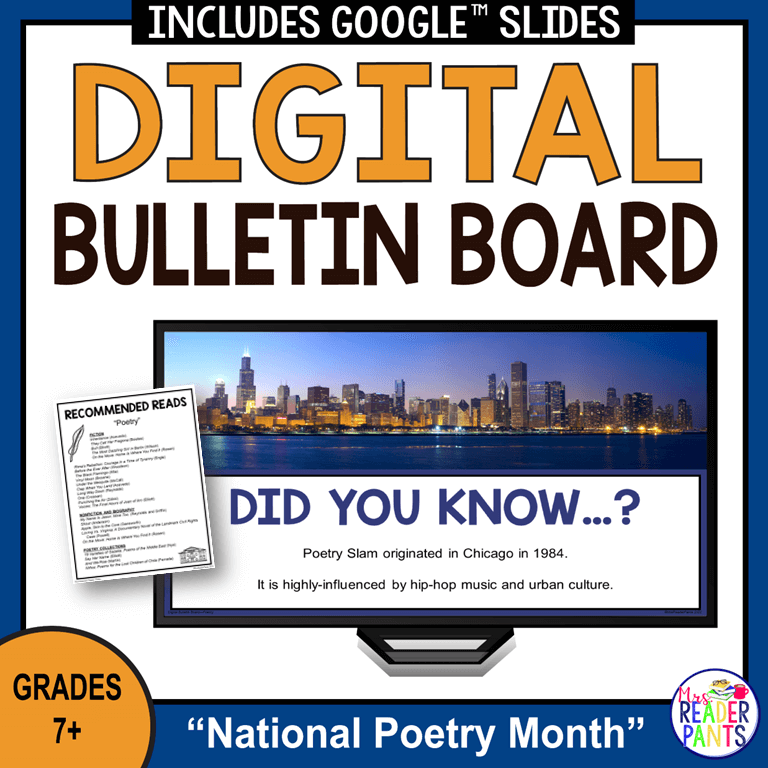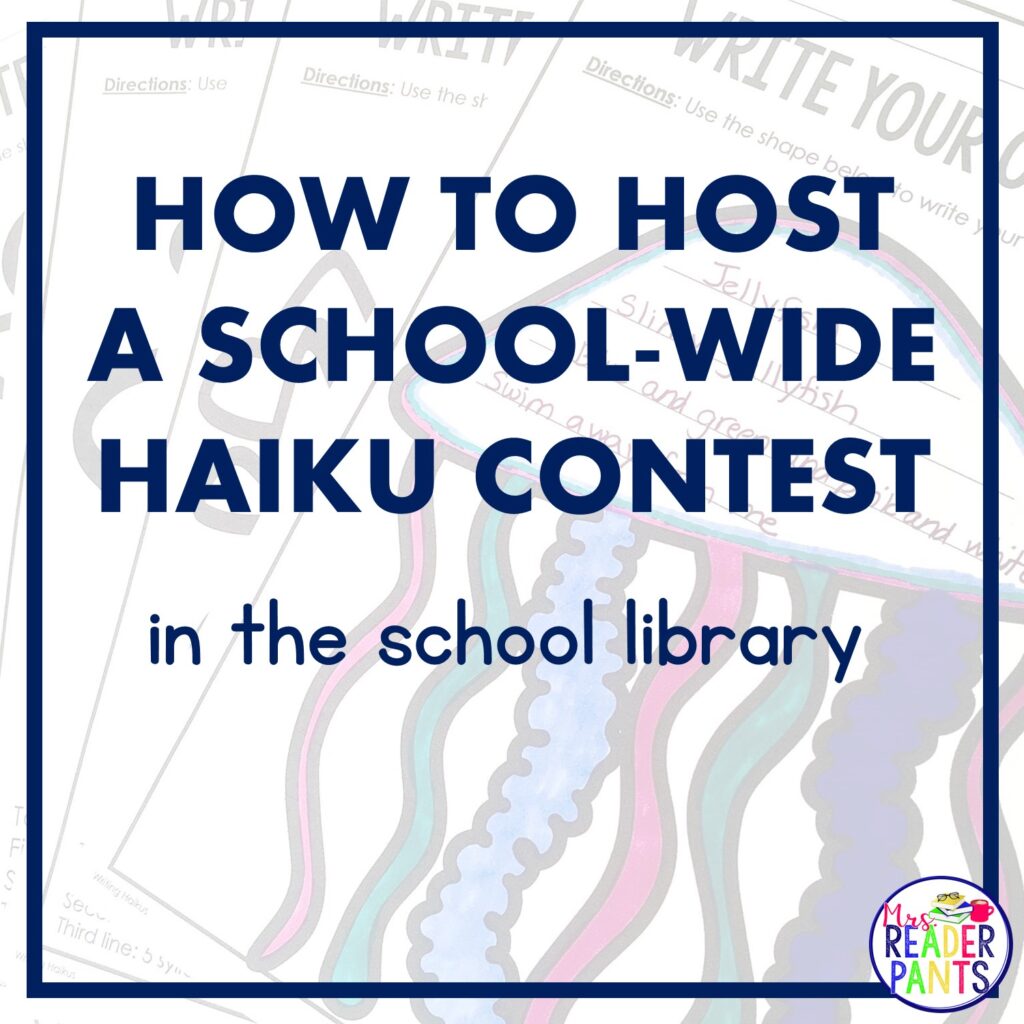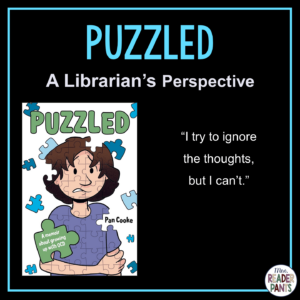I’ve talked a lot in this series about my eighth graders and how they came roaring down the hall and into the library like a horde of wild animals. On any given day, I started library time shouting directions over 35 loud eighth graders. Double that if I had a class in the library computer lab also. Sure, my voice is loud, but can I shout over 70 or so middle schoolers who are still on their passing period? I think not.
For middle school, my best suggestion for entry procedures is for the librarian to meet the students at the door. No one goes into the library until the class is mostly present and they are all quiet. If you have two or more classes meeting in the library, have the classes stand in groups by class.
Yes, this can be tough during passing periods when everyone seems to make a beeline for the library. I was often too busy with passing period pop-ins to wait outside the library for a class. Once our school went from five- to four-minute passing periods (!), I stopped allowing checkout during passing periods because it was just too hectic. Students frequently ended up late to class. Teachers could send students for books anytime throughout the school day, plus they could come to the library before school, after school, and during lunch. If certain students finished their books very quickly and really needed more, just increase their checkout limit.
Tips for middle school entry procedures:
- No passing period checkout–use this time to focus on the class that is coming in a few minutes
- Meet the class at the door. No one comes in until everyone is present, quiet, and knows the directions.
- Give students specific directions before they enter. “Meet me at the tables” or “You have two choices: checkout books or read a magazine quietly” are two examples.
- Have students meet the teacher in the classroom first, then come to the library. This way, students aren’t trickling in haphazardly over the passing period.
- Unless your library has a designated space for backpacks and bags, ask students to leave their belongings in the classroom. Backpacks piled up is a safety issue. This also gives them fewer items to play with while you are teaching and helps to prevent theft. This may not work for every class or circumstance, so you may need to be flexible on it if needed.
Tips for middle school exit procedures:
Middle school is a different beast because students typically come to the library with their teacher, who is usually expected to stay with the class during library. Because of this, if a class is just too rowdy or disrupting another class in the library, I ask the teacher to take students back to class if they are not checking out or browsing.
Ask middles to stand by the door (not “line up” because that’s too elementary for middles), then when most students who are clearly not checking out are there, the teacher can go ahead and take them back to class.
You would think students would want to remain in the library and “pretend” to checkout. But in my experience, most did not do that. The students who stayed behind were almost always students who wanted to checkout or browse. And even if they were not truly checking out or browsing, they stopped being disruptive because they knew I’d sent them back to class if they were too loud or goofing off.
But…you’re not reaching students if you make them leave the library!
Now, I know some of you might be ready to argue that the students who go back to class are the ones I most need to reach. Guess what? I agree with you. But here’s the thing: I do everything I can during the students’ library lesson time to reach those students. The whole class was present for my library lessons, which were high-interest with lots of video clips, movement, music, quotes, and unique themes.
Browsing and checkout time was at most, 10 or 15 minutes. When it’s time to browse and checkout and 2/3 of the class is just loud and off-task, their time is up. I typically had a class in the library computer lab, too, and it wasn’t fair to them when the class I was in charge of was way, way off-task.
The beauty of sending the majority of students back to class is this: the students always had a choice to stay. If they needed me to help them find a great book just for them, I was much more available to those students than I would have been if the whole class were still there.
When exiting middle schoolers, remember:
- corral students by the door when it’s time to go
- teacher leaves with the students who aren’t interested in browsing or checking out
- students can choose to stay or go
- students who stay are choosing to browse, check out, read silently, or otherwise use the library properly.
Checkout tips for middle school
By far, the most difficult part of checkout time was how short it was. I was split in too many different directions, and it was just craziness.
My best, most amazing tip for you here is one I didn’t try until my last year in the library. It changed my life, and I am sad that it took me so long to give it a try.
I set up self-checkout.
Y’all, I knew self-checkout was possible. I knew how to set it up. I even had students and teachers ask me if I might be willing to set it up. But I never did it. Here are some of the concerns/excuses I made over the years:
- It could compromise student privacy.
- Students won’t do it correctly.
- The catalog will be a mess.
- I like talking to my students at checkout.
- I like seeing what they are reading next.
- When I check them out, I can learn their names.
Why I didn’t need to fear self-checkout
So why did I eventually set up self-checkout? All five of my libraries were busy, but my last school library here in Shanghai was truly Grand Central Station. The primary school library was separated from secondary only by two glass doors.
The most important factor, however, was the fact that I didn’t even have a circulation desk in the secondary library. We had three full-time library aides (I know; it was magical), but all three spent the majority of their day in the primary library. So when secondary students needed to checkout, they had to either bring their books to me (I literally just sat at a table; no desk for me), or they had to go to the primary library. Neither of these options really worked well.
Self-checkout solved so many problems:
- I was no longer tethered to my computer.
- Students privacy was enhanced–they did not have to be embarrassed to bring any book to me.
- Students enjoyed it.
- Students were empowered to see their own library accounts whenever they needed to.
- No more lines at checkout!
- The Primary Library could focus only on primary students.
- Students could still choose to checkout at the primary library circulation desk. As with grocery store self-checkout, some students still chose this option.
Did the catalog get “messed up”?
Yes and no.
Yes, there were some circulation issues along the way. Some students would have books on their accounts that they swore they never checked out. In these cases, I just had to be flexible. Mistakes happen, but because students had full access to see their own accounts, they were able to just tell me when they saw an issue rather than not know about it for weeks or months. Yes, I sent weekly overdue notices via school email, but let’s be honest here, the students who need to read and act on those emails often do neither.
On the other hand, because students could look at their account at any time, the records were far more transparent than they had been before. If students saw books they didn’t recognize on their account, they were much more likely to come to me about it than to just ignore it. This got conversations going, and 99% of the time, I gave the student the benefit of the doubt. The book mostly made it back to the library anyway, and my removing the book they didn’t recognize (even if I knew they probably had it) was a huge boost to my relationship with the student.
Honestly, does arguing with a student about a book really get it back any faster? I guess in a few cases, maybe it does. But mostly, it just harms our students’ relationship with the library and with us. Most books will come back to you in the end anyway.















